How do you do Radon mitigation when with insulating and ventilating a crawlspace?
I'm in Springfield, MO. This single story house was built in 1906, still has the stone foundation and below ground is about 25% basement and 75% crawl space. It was flipped last year before I bought it. A radon test in the basement = 4.4. I covered the sump hole with lexan (nice fit but not air tight) and put in a 6" PVC exhaust pipe with an inline exhaust fan to the outside. I'm waiting for the results of a second radon test.
I used canned spray foam and steel wool in gaps in the foundation. I began using Reflectix on the inside of the foundation (light weight and easy for me to transport and handle). I bought but haven't yet installed vapor barrier. The crawl space has a lot of debris the house flipper never removed. I bought a crawl space vent power fan attached to a humidistat but shut it off and covered the vent when the weather got cold.
I don't know if I should continue with trying to encapsulate the crawl space (will it help reduce radon?) and get a good dehumidifier or just ventilate. What's the best/right path? I'm a 66 yr old female DIY'er with no experience in these matters.


















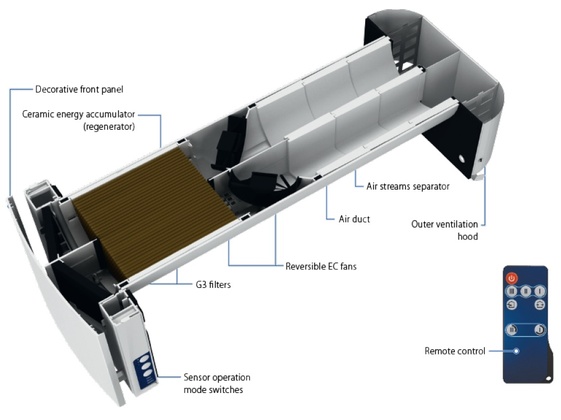



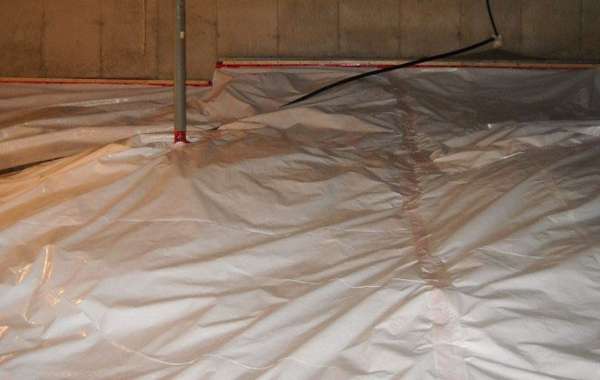
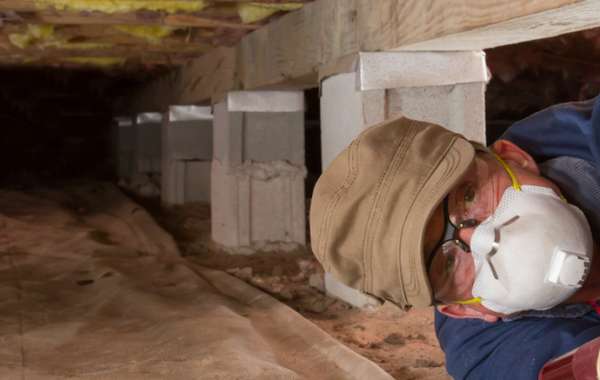



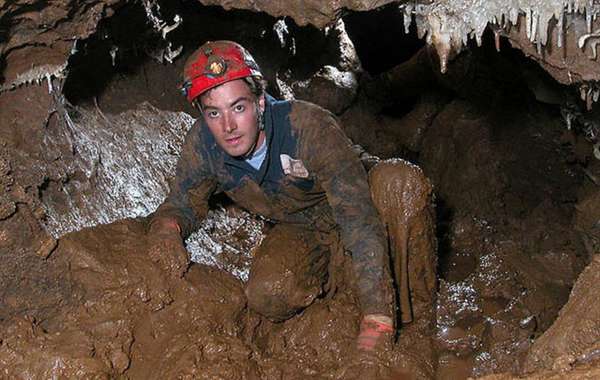
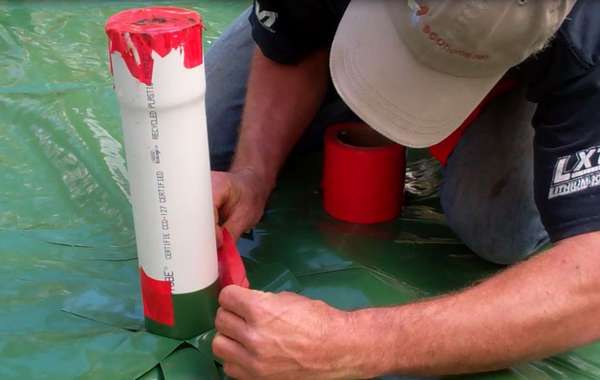
A radon reading of 4 pCi/L is not extremely high, but it is the point where the EPA recommends taking steps to reduce it. Do you use the basement as living space? Was the reading taken down there or upstairs in the conditioned space? First have a look here on the best ways to mitigate radon gas in homes –
How to remove radon gas from basements and crawl spaces
Some of the radon mitigation techniques could be a DIY solution, particularly having a radon evacuation stack in the floor and covering it with a poly membrane, you will see more about it in the page above. Even that as a DIY technique would require some experience to vent it out properly. That step alone could easily drop your radon to safer levels.
Ventilating crawlspaces is not recommended due to the potential risk of bringing in hot humid air during the summer months where it can condense on cool surfaces. I would likely do the same if it were my place in order to reduce radon levels, but once you have take other mitigation steps It would be wise not to ventilate it, unless you have a dedicated HRV or ERV for the basement.